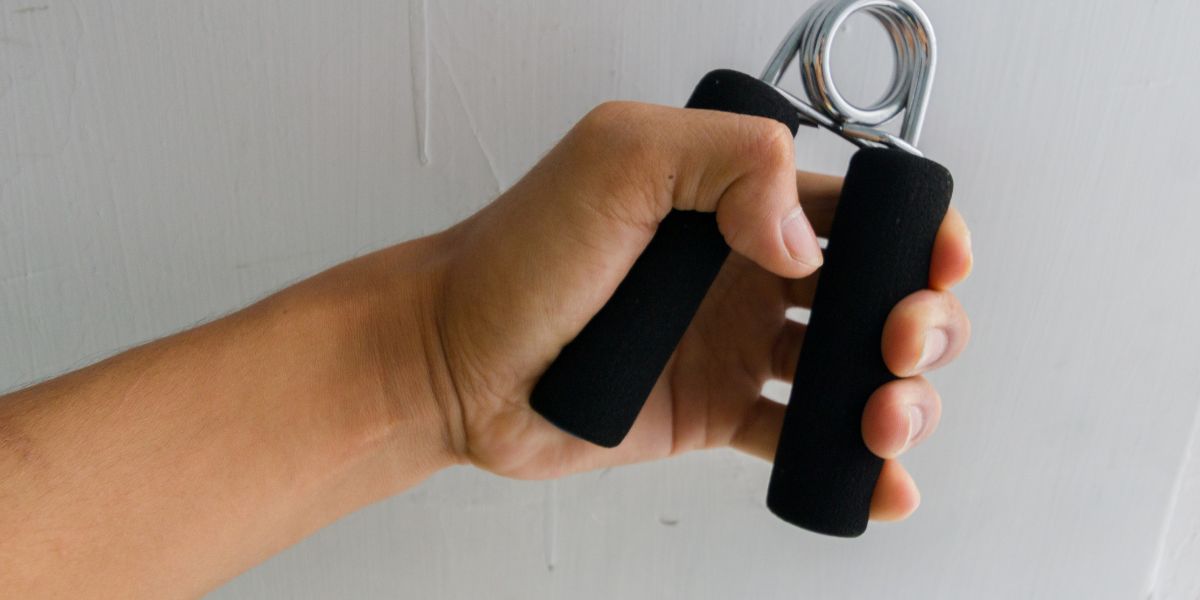A new study has added weight to the link between low grip strength in a person’s hand and accelerated aging.
The new research provides new evidence that grip strength is a biomarker of biological age as opposed to chronological age.
- Unhealthy lifestyles more damaging for males, study indicates
- Eating fish in middle age can ‘protect the brain’ against aging
Your biological age is the rate at which your body is aging and could be influenced by a number of factors, including genetics, demographic identity and the environment in which you live.
Researchers from the University of Michigan have presented new findings that demonstrate that grip strength corresponds with ‘epigenetic clocks’, which evaluate the age of someone’s DNA.
Understanding these biomarkers in more depth could mean experts are better placed to help people manage their health issues.
Lead author Dr Associate Professor Mark D. Peterson said: “Grip strength has long been considered a biomarker of aging. However, very few studies have tried to understand the biological mechanism(s) that link weakness with negative health outcomes (including mortality).
“On the positive side, it is likely that greater grip strength is associated with lifestyles such as exercise and healthy dietary habits. On the negative side, it is likely that weaker grip strength is associated with obesity-related chronic conditions, other noncommunicable diseases, and sedentary lifestyles.”
The researchers examined data from almost 1,300 people who were aged 50 or over when the data collection started and who were followed for between eight and 10 years.
They noted differences between men and women, with Dr Peterson saying: “We have recently also demonstrated that muscle weakness and testosterone deficiency were highly correlated and independently associated with multi-morbidity in young and older men.
“In our current study, there seemed to be a more pronounced/robust cross-sectional association [a comparison of a population] between lower grip strength and age acceleration in men.
“However, the opposite was true for the longitudinal association [a comparison over time], which was more pronounced/robust among women. We cannot speculate what is driving that difference.”
The study has been published in the Journal of Cachexia, Sarcopenia and Muscle.




